Air Quality and “Exceptional Events” – A Primer
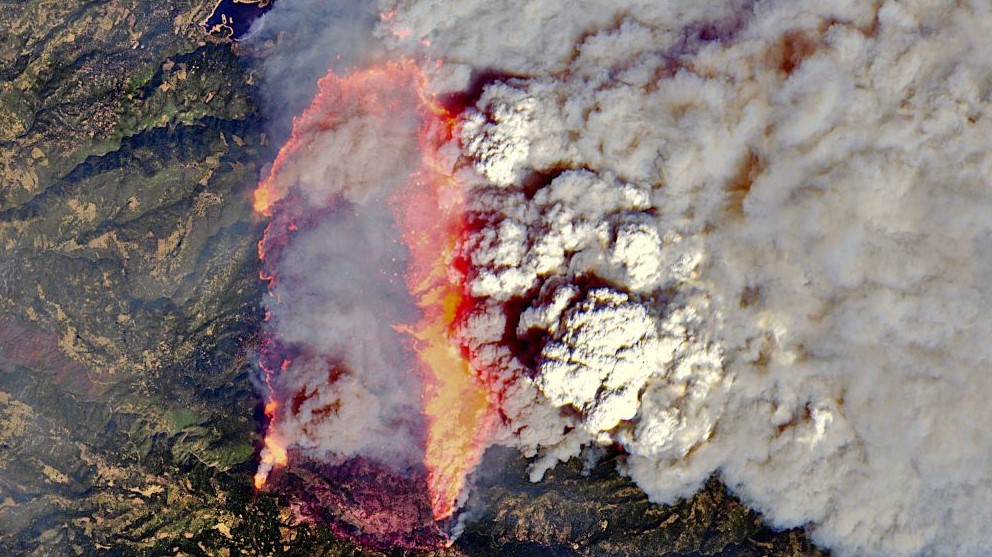
For more than 35 years, the Cleaner Air Partnership (CAP) has been the Sacramento region’s most prominent voice focused on advancing partnerships between local government, industry, and environmental groups to improve air quality. Key to our mission is the identification of win-win-win opportunities for collaboration between these sectors.
Some of our coalition “wins” have included successful advocacy for legislation in 1997 to require the Bay Area to implement NOx reduction in their smog check program (which was disproportionately impacting our region), establishing a permanent CARB Board seat for a Sacramento region representative in 2012, and the designation of South Sacramento-Florin as a first-round AB 617 environmental justice community in 2018.
Public education is particularly important as we think about issues that impact public health – simplifying complex air quality topics is a core Cleaner Air Partnership activity as part of our quarterly Luncheons, Technical Advisory Committee meetings, and related efforts.
Last month, our region’s largest public radio station, Capital Public Radio, published several pieces related to the “exceptional events rule” utilized by air quality regulators across the nation:
- Insight: Loophole Lets Air Regulators Wipe Pollution From Records
- What is the exceptional events rule? The loophole letting US regulators wipe air pollution from the record
- Revealed: how a little-known pollution rule keeps the air dirty for millions of Americans
The best definition of “exceptional events” comes from the San Joaquin Valley Air Pollution Control District (SJVAPCD): “Exceptional events are unusual or naturally occurring events that can affect air quality but are not reasonably controllable using techniques that tribal, state or local air agencies may implement in order to attain and maintain the National Ambient Air Quality Standards (NAAQS). Exceptional events may include wildfires, high wind dust events, fireworks, prescribed fires, stratospheric ozone intrusions, and volcanic and seismic activities.”
All of the news articles question the value of the exceptional events rule to public health, purporting that the rule “wipes air pollution from the record.” Put simply, this is inaccurate information that mixes up different air agency activities, resulting in a false characterization of what the rule actually does. These processes are described below:
- Activity #1: Air Quality Management: At its core, air quality management in the United States means implementation of the Clean Air Act, “the comprehensive federal law that regulates air emissions from stationary and mobile sources.” The Act sets policy interventions such as emission standards for anticipated and controllable sources of pollution. By definition, an “exceptional” event is unanticipated and not amenable to policy controls.
- Activity #2: Federal Air Quality Monitoring: The purpose of air agencies conducting Federal air quality monitoring is to track the progress of regulatory actions and pollution reduction measures taken by federal, state, or local authorities for emission sources under their control (such as permitted facilities). However, “exceptional events” are outside the control of air agencies. For example, when there’s a wildfire in Paradise that creates toxic air pollution in Sacramento, there isn’t a policy mechanism at the local government level to do anything about it beyond exposure reduction. To say that pollution from wildfires is being “erased from regulatory consideration” isn’t accurate, considering the jurisdictional ownership over the issue.
- Activity #3: Data Management: All Federal air quality monitoring data, whether it is collected during an exceptional event or not, is always available to the public and is never deleted. It is critical that the air monitoring results, which are collected and reported by air agencies on an hourly basis, are made available in a transparent and easily accessible manner.
- Activity #4: Public Health Communications: Air agencies are also tasked with communicating air quality conditions to the public, via tools like our local Spare The Air. These important tools help communities decide how and when to protect themselves from exposure to any air pollution throughout their day. Contrary to the reporting cited above, air quality data from exceptional events *is* indeed included in all public health-related communications from air agencies, including Spare The Air, and public health agency records.
As you can see, it’s important to understand the role of federal, state, and local air agencies under the Clean Air Act. Data is not gathered for one single purpose, as agencies have multiple obligations to serve the public. While the exceptional events rule is rather technical, it is important for media outlets to understand the nuances of the issue before broadcasting misleading information to the public.
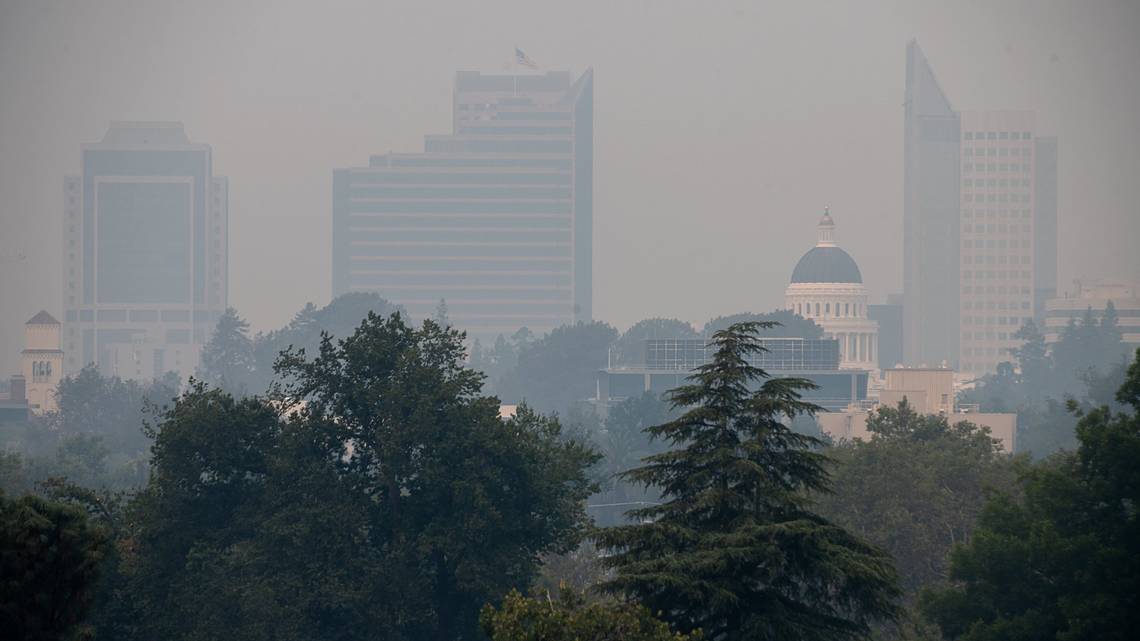
“In partnership with regulatory agencies, environmental health organizations and the public, we have been steadily improving the region’s air quality over the past five decades,” said Jennifer Finton, CEO of Breathe California Sacramento Region. “Exceptional events are merely a designation to account for unforeseen concentrated increases in air pollutants. During these exceptional events and throughout the year, the public can take steps to protect their lung health by following the guidance provided by local health departments and air districts. Individuals can play a critical role in minimizing climate change’s effects on these exceptional events by using active and clean transportation modes, among other behavior changes.”
In a world without the exceptional events rule, our region would have a lot of problems: (1) legally-binding air quality attainment (whether we meet specific air quality goals set by the Clean Air Act) by air agencies would not be possible, (2) As a consequence, we would lose out on funding for transportation and land use projects, and (3) air agencies would not be able to actually do anything to address the sources of the exceptional events, because they lack the regulatory authority.
”The exceptional events rule is a critical tool in understanding the progress the region is making in continuing to reduce emissions from our local sources,” said Erik White, Director of the Placer County Air Pollution Control District. “Without it, we would not be able to craft effective local strategies to continue reducing emissions, especially for our most vulnerable citizens.”
The Cleaner Air Partnership is committed to simplifying and successfully communicating these complex topics to our communities. As with the “exceptional events rule,” we will continue to ensure that accurate information about air quality is disseminated as a resource for the public. To keep up with the Cleaner Air Partnership, sign up for our “Cleaner Air News” email newsletter here (select ‘Clean Economy’).
Agricultural Biomass: Putting the Pieces Together
California’s progress on biomass utilization is like putting together a puzzle – we have the edges in place, but we are still figuring out how everything connects in the middle. Biomass is an enormous opportunity to address our energy and agricultural/forest management needs, but there are significant barriers to scalable use of the abundant resource – or waste stream, depending on how you view it.

Source: Fruit tree orchard in Winters, CA (Yolo County)
On October 5th, 2023, Valley Vision staff had the opportunity to visit the City of Winters in Yolo County for a two-day conference on the opportunities and challenges of agricultural biomass. The conference was hosted by the Sacramento Valley Basinwide Air Pollution Control Council, who brought together a group of local and state stakeholders including agricultural businesses, regulators, policymakers and researchers. At the conference, stakeholders zeroed in on the current landscape of agricultural biomass, and fueled discussions around opportunities for agricultural biomass utilization.
We were able to hear from business and research experts in the biomass space, discuss benefits of alternative uses of agricultural biomass, and learn from agricultural producers about their experiences with agricultural biomass applications.
The Current Landscape of Agricultural Biomass
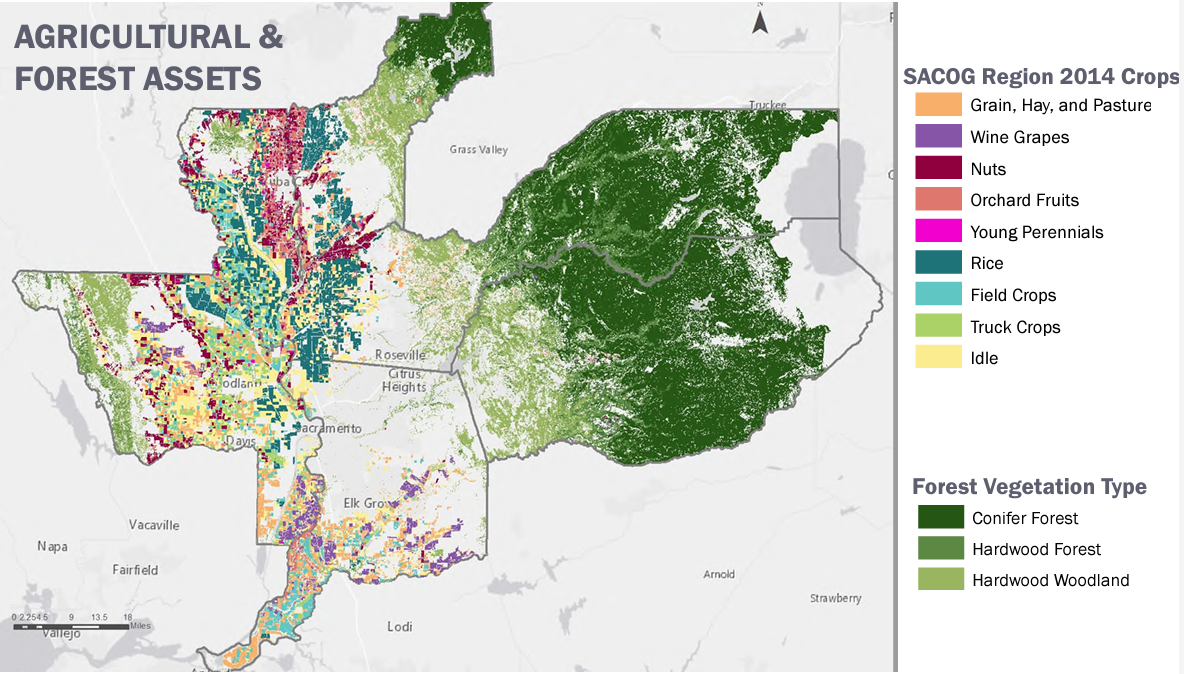
Source: Sacramento Area Council of Governments (SACOG) Rural-Urban Connections Strategy (2014)
There are three primary sources of biomass – biomass derived from municipal waste, biomass derived from agriculture, and biomass derived from forests. Agricultural biomass is agricultural waste, comprising food scraps, orchard trimmings, nut shells, and livestock waste. In the Central Valley, the agricultural industry is a leading economic driver, resulting in abundant and renewable agricultural biomass from farming operations as a continuously-generated resource. According to the California Department of Food and Agriculture in 2022, agriculture accounted for $55 Billion in economic activity, equating to tons of agricultural waste that either ends up in landfills or is discarded in open burning.
Why Ag Biomass?
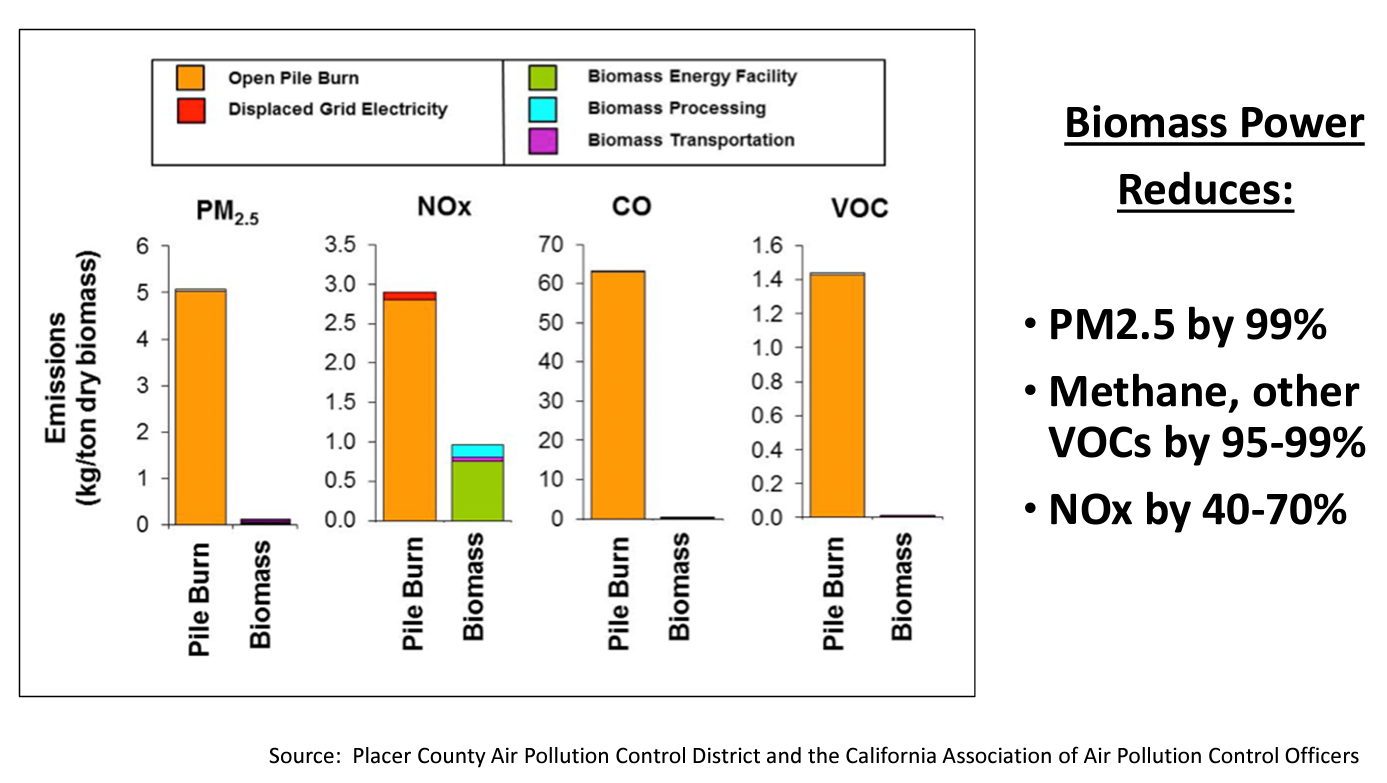
Adding to the abundance of agricultural biomass present in our local and regional economy, there is an increasing need to sustainably, economically and equitably manage this resource. At the conference in Winters, diverting agricultural biomass for alternative uses and associated benefits was discussed. Below are some key takeaways from the conference:
- Climate change impacts – the largest source of methane gas is from the agricultural sector, followed by landfills and the energy sector
- Open burning of agricultural biomass contributes to poor air quality through increased emissions and prevents our region from meeting state and federal air quality standards
- There is an increasing need for clean, renewable energy and fuel sources
- Open burn piles endangers residents and wildlife
- Benefits to agriculture include improved soil, plant health and water efficiency from compost and mulching applications
Envisioning a Future for Ag Biomass:
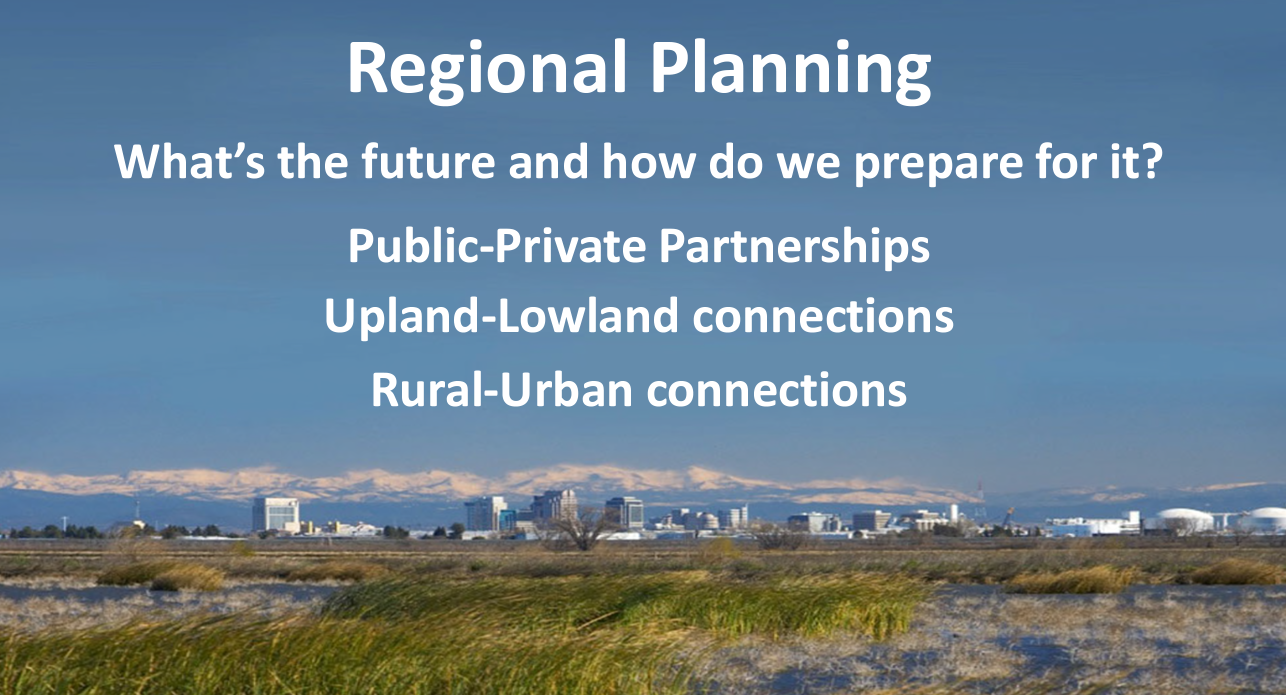
Source: Agricultural Biomass Conference in Winters, CA (Oct. 2023).
Notably, we are in the middle of a clean energy transition and biomass utilization plays a key role in this transition. Agricultural biomass utilization is a multi-benefit approach to managing agricultural waste and mitigating climate change impacts. It is a viable strategy that strengthens rural-urban connections and public-private partnerships, which is what we need in order to solve our region’s most pressing issues. Agricultural biomass should be branded as a value-added resource and not just waste that ends up in landfills or burned in open piles.
Currently, there is a high demand for renewable fuel sources as our state moves towards carbon neutrality and more modernized biomass facilities are much needed in our region. Modernized facilities are an opportunity for the agricultural industry, including local and regional governments and private sector interests to manage agricultural waste efficiently and sustainably, as well as provide valuable and marketable resources that support other sectors, too. The time to act is now as massive federal funding from the Inflation Reduction Act and the Infrastructure Investment and Jobs Act are coming our way. If we envision a more sustainable and resilient future, we must collectively get behind a solution and the opportunities for agricultural biomass must be put on the table.
Kathy Saechou is a Valley Vision Project Coordinator staffing the Clean Economy and Food & Agriculture Impact Areas.
A Federal Advocacy Agenda
Right now is a critical time to be engaged with the Federal government. There are once-in-a-generation resources available for the “big play” investments that our region needs to grow and thrive. Valley Vision has a long history of participating in our region’s annual Cap-to-Cap trip hosted by the Sacramento Metro Chamber.
This year we had leadership, or Co-Chair roles, on four teams (Air Quality, Economic Development, Food & Ag, and Workforce), and Trish Kelly, our Managing Director, served as Honorary Chair of the trip in recognition of her role in the region as a policy expert as well as her many years of Cap-to-Cap leadership. Our five Valley Vision staff who attended advanced our region’s sophisticated advocacy agendas; read about their experiences below.
Adrian Rehn
Each year, the Sacramento Metro Chamber puts together an excellent and well-regarded “Capitol-to-Capitol” Federal advocacy program – the biggest of any Chamber-led effort in the country. Attending the program is an enormous honor and privilege, with 407 participants this year, including 100+ freshmen and 100+ elected officials, and a whole lot of others with important leadership roles in our region. This year was no exception – the Chamber absolutely nailed the look and feel of the 2023 program.
The meat of the program is fast-paced advocacy meetings with our legislative delegation as well as committee and agency staff. The Cleaner Air Partnership, which Valley Vision staffs, leads one of twelve policy-focused “teams” dedicated to air quality. This year, our team elevated specific investments in Future Mobility projects like the ZEV Deployment Strategy and CA Mobility Center, and technical but extremely important policy fixes like letting air districts “write off” smoke from preventative prescribed fire instead of getting dinged by U.S. EPA. We are following up this week and next on these important “Asks” and look forward to continued engagement throughout the year as we continue to work toward cleaner air for all.

Grace Kaufman & Trish Kelly
Each year, Valley Vision’s participation in the Capitol to Capitol provides us an opportunity to advocate for the needs of the Sacramento Region on a national level. This year, the Food and Agriculture team was particularly impactful in highlighting the importance of the food system and the agricultural industry to the region’s economy and overall well-being. The team focused on the importance of supporting local food farms. ranches, food producers, nonprofits, food banks, restaurants, local governments, schools, hospitals, and businesses across the supply chain to ensure access to healthy, locally-sourced food for all. We advocated for improvements in the 2023 Farm Bill that would ensure access to critical programs that address food insecurity – a major challenge in our region – such as CalFresh. The discussions with our congressional delegation and agencies such as USDA and EDA provided the opportunity to highlight several of the region’s food and ag projects, focus on food as medicine, learn about new resources, and elevate our region as a place where all things food and ag are coming together through innovative and collaborative partnerships.
Over the course of five days, the program was an invaluable opportunity to engage with policymakers and advocate for programs that would benefit the region’s agricultural industry and ensure that everyone has access to healthy, nutritious, and local food. Meeting with congressional and administration leaders who are advancing the National Strategy on Hunger Nutrition and Health led to commitments to continue working together this coming year.
To read more about food and ag in the Sacramento region, check out our website at wearefarmtofork.org.
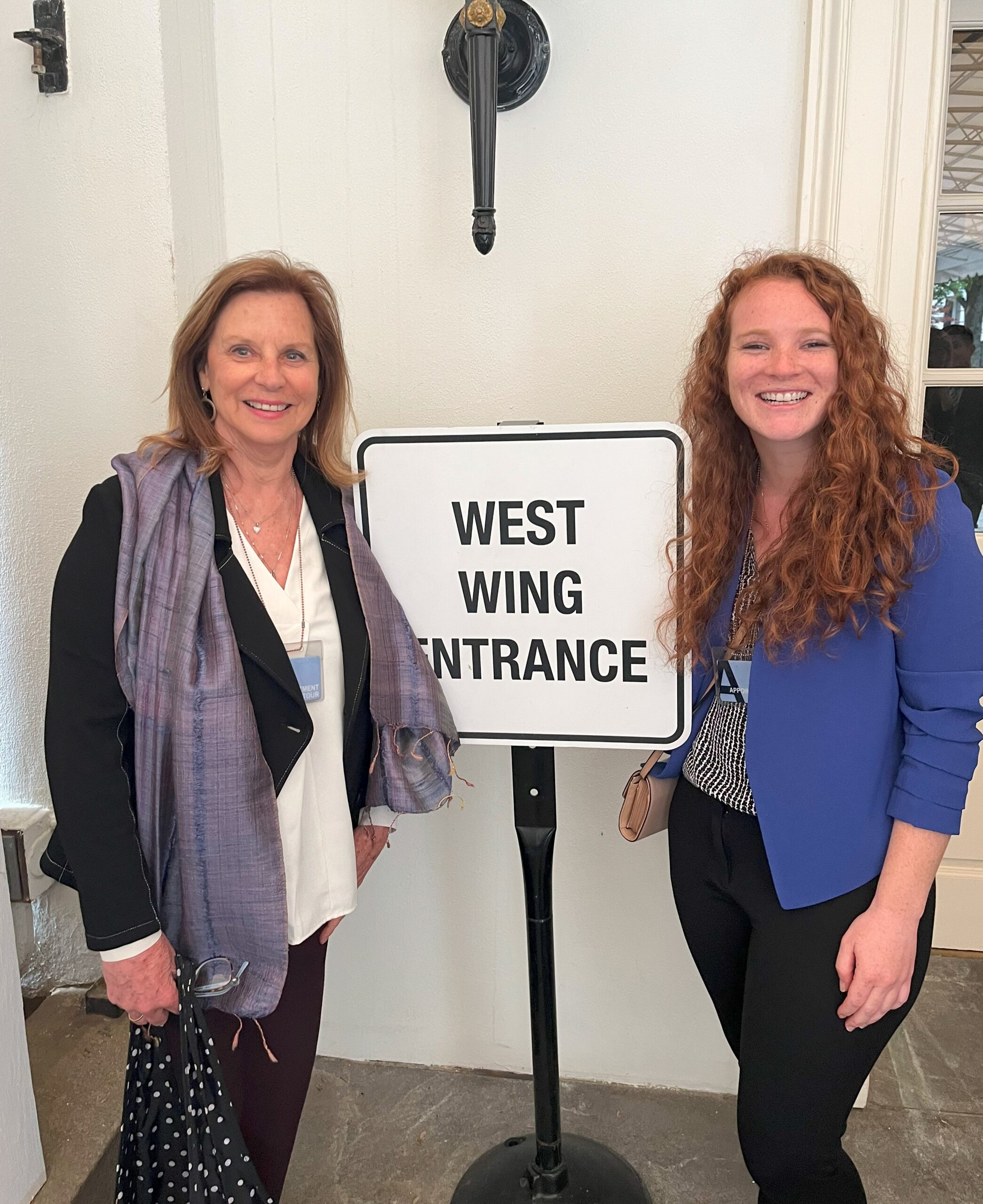
Trish and I also had the opportunity to tour the West Wing of the White House. It was my first time visiting Washington DC and seeing the historic building that has housed the world’s most powerful leaders was truly awe-inspiring.
During the tour, we were shown the various rooms and corridors of the West Wing, including the Oval Office, the Cabinet Room, and the Situation Room (and in case you’re wondering-yes, the vacuum lines are perfect in the Oval Office). The press room, a room that offers a glimpse into the inner workings of the media and the way news is reported from the White House, was a huge highlight of the tour for me.
Renee John
Participating in the Sacramento Metro Chamber’s Cap to Cap program provides a well-orchestrated vehicle for regional leaders to advocate in unison on important policy issues. In the area of workforce development, major federal legislation is currently in the reauthorization process. This includes the Workforce Innovation and Opportunity Act, which provides the most significant federal investment in workforce education and training programs. Additionally, the National Apprenticeship Act, which has not been reauthorized since 1937, is being shaped and expanded. Participating in meetings with congressional leaders and committees that design these and other legislation brings an opportunity to express what works well, and what is in need of adjustment from the folks doing the work on the ground.
I have found the folks in Washington to be very interested in our efforts in California, in the region, and particularly appreciate specific examples of how the components of legislation either benefit or constrain local efforts. This year also provided an opportunity to shine a light on collaborative efforts in workforce and education unique to California and the Greater Sacramento area.

Evan Schmidt
Cap-to-Cap not only enables our region to connect with federal representatives and agencies, but it also creates a concentrated space to connect with each other. Through team meetings, receptions, mixers, and plenty of informal gatherings our region goes to Washington to get things done in the Sacramento region. Key on my mind during the trip was inclusive economic development. Through the Economic Development team, we advocated for our key priorities from the Prosperity Strategy, timely investments in broadband infrastructure, support to build out our innovative ecosystem of entrepreneurs, and a continued emphasis on international trade that connects our businesses to the global marketplace.
With Valley Vision leading the regional Community Economic Resilience Fund effort, we are well-positioned to hone in on the ways that federal partners can help us leverage this state investment to amplify the impact. Our region is also exploring the ways that new legislation might help support regional economic goals. One example is the CHIPS and Science Act – a recent federal investment in high-tech manufacturing designed to strengthen manufacturing, supply chains, and national security. We found our federal partners to be responsive to our goals and we found many opportunities and alignments with them and among each other as we work to support thriving, equitable, and sustainable communities here at home.
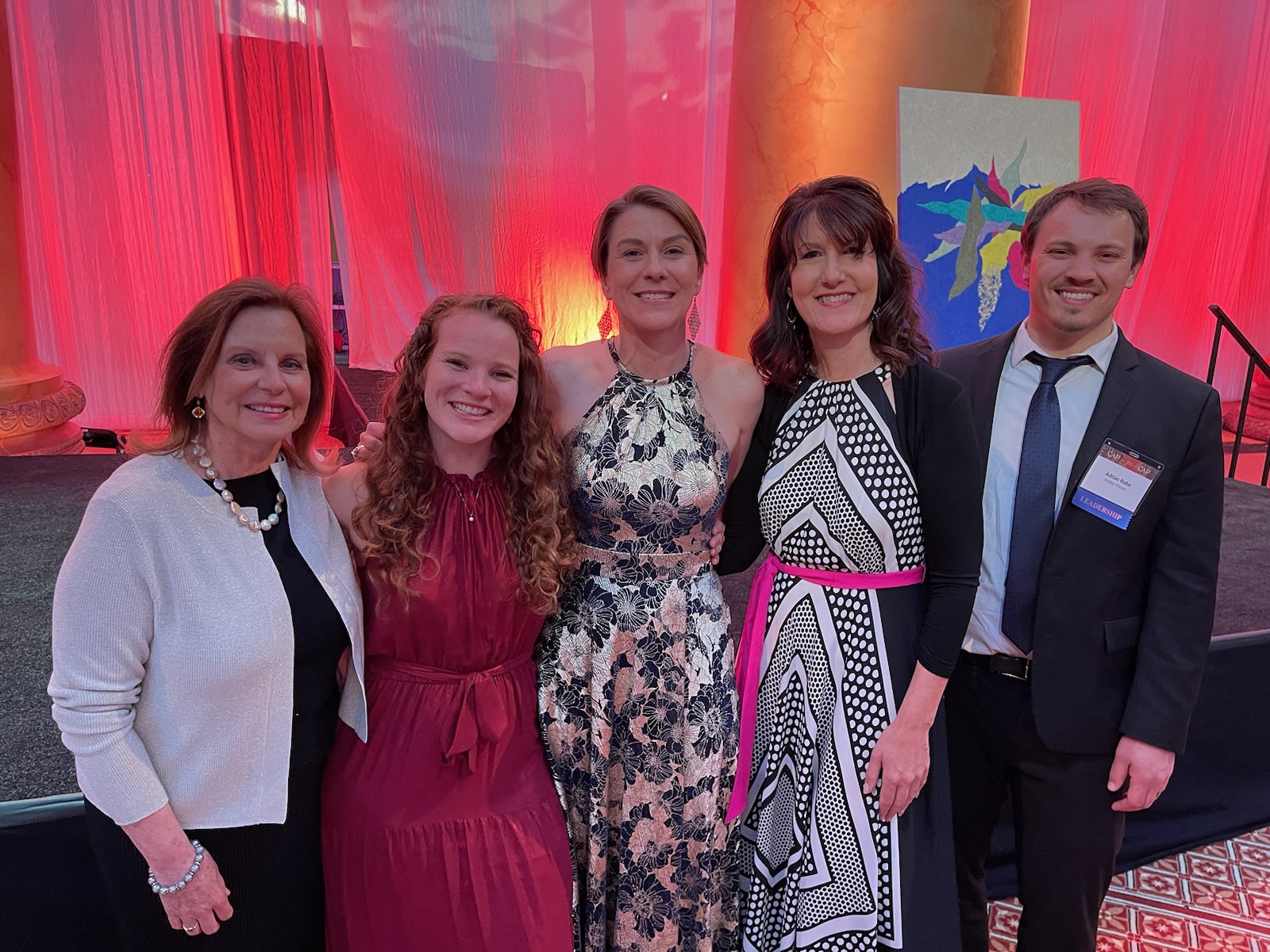
Remembering Jane Hagedorn

On March 14, 2023, longtime Breathe CA Sacramento Region CEO Jane Hagedorn passed away. Jane led the formation of the Cleaner Air Partnership in 1986 and stewarded countless local clean air initiatives for more than three decades.
Jane Hagedorn’s passing leaves a hole in my professional development as Breathe California Sacramento Region’s Acting CEO. While I was able to glean tips from Jane, I certainly felt there was much more to learn from her. Jane hired me after completing her Nonprofit Management Class at UC Davis’ Graduate School of Management in 2003. I was impressed by her confidence yet ability to carefully listen and strategize. She then became a mentor to me as I watched her interact with policymakers, leaders and her staff. She knew how to bring people together, even when it appeared that there wasn’t common ground. The Cleaner Air Partnership is a perfect example of Jane’s vision to make progress in improving air quality by involving a variety of groups and individuals. I appreciated her ability to skillfully delegate tasks and lead by example. She saw our organization through significant structural changes and led the charge to independent and relevant programming in the region. Thank you, Jane, for your leadership and friendship.
Jennifer Finton, Acting CEO of Breathe California Sacramento Region
The Cleaner Air Partnership began in early 1986 when Jane Hagedorn, Executive Director of the American Lung Association of Sacramento-Emigrant Trails (ALASET) approached the President of the Sacramento Metropolitan Chamber of Commerce, Mike Seward, and the Air Pollution Control Officer of the Sacramento County Air Pollution Control District, Norm Covell, to jointly sponsor a public-private partnership to support air quality improvement in the region. The concept of an economic and environmental alliance was appealing to all of the parties.
One of the reasons I admired Jane was she was willing to listen and respond even if it went a bit against the grain. The best example is the fact that she agreed to put out the report card for air quality improvements to counter the annual Lung Association report on how our region still got an F rating for air quality. We had done so much to reduce the number and severity of exceedances but were still getting hammered by the annual report. She recognized that it was important to give a little credit to the partners that had work so hard to bring our numbers down. A little pat on the back to encourage folks to keep working together to achieve the ever lower standards.
Becky Wood, Fmr. CAP Chair, Teichert Aggregates (retired)
In her many years of civic involvement, Jane was a Leader for various organizations including being the 1st female ever appointed to the Sacramento County Planning Commission and was recognized by the Sacramento Bee as one of the Most Influential Women in Sacramento County. She was also the award recipient of the Sacramento Audubon Society and Environmental Council of Sacramento and a Fellow of the American Leadership Foundation. Her numerous board member positions included the Tahoe Regional Planning Authority; Arden Park Recreation District, California Planning and Conservation League; Sacramento Symphony; Friends of Light Rail; and Valley Vision.
I remember her as a tenacious advocate for the breathing public in the Sacramento Region. In particular it was through her and others’ leadership that we were able to keep strong local programs in California under the Breathe California structure when the American Lung Association national leadership wanted to go another direction. That wasn’t an easy time but turned out OK in the end.
Larry Greene, Fmr. Air Pollution Control Officer, Sac Metro Air District
For more about Jane, read her Obituary and the Cleaner Air Partnership history document on the Valley Vision website. Thank you for taking the time to remember Jane.
To keep up with Valley Vision’s work to advance livability in the Sacramento region, subscribe to our Vantage Point email newsletter.
Adrian Rehn is a Project Leader overseeing the Cleaner Air Partnership and Valley Vision’s Clean Economy portfolio.
Hopes for 2023
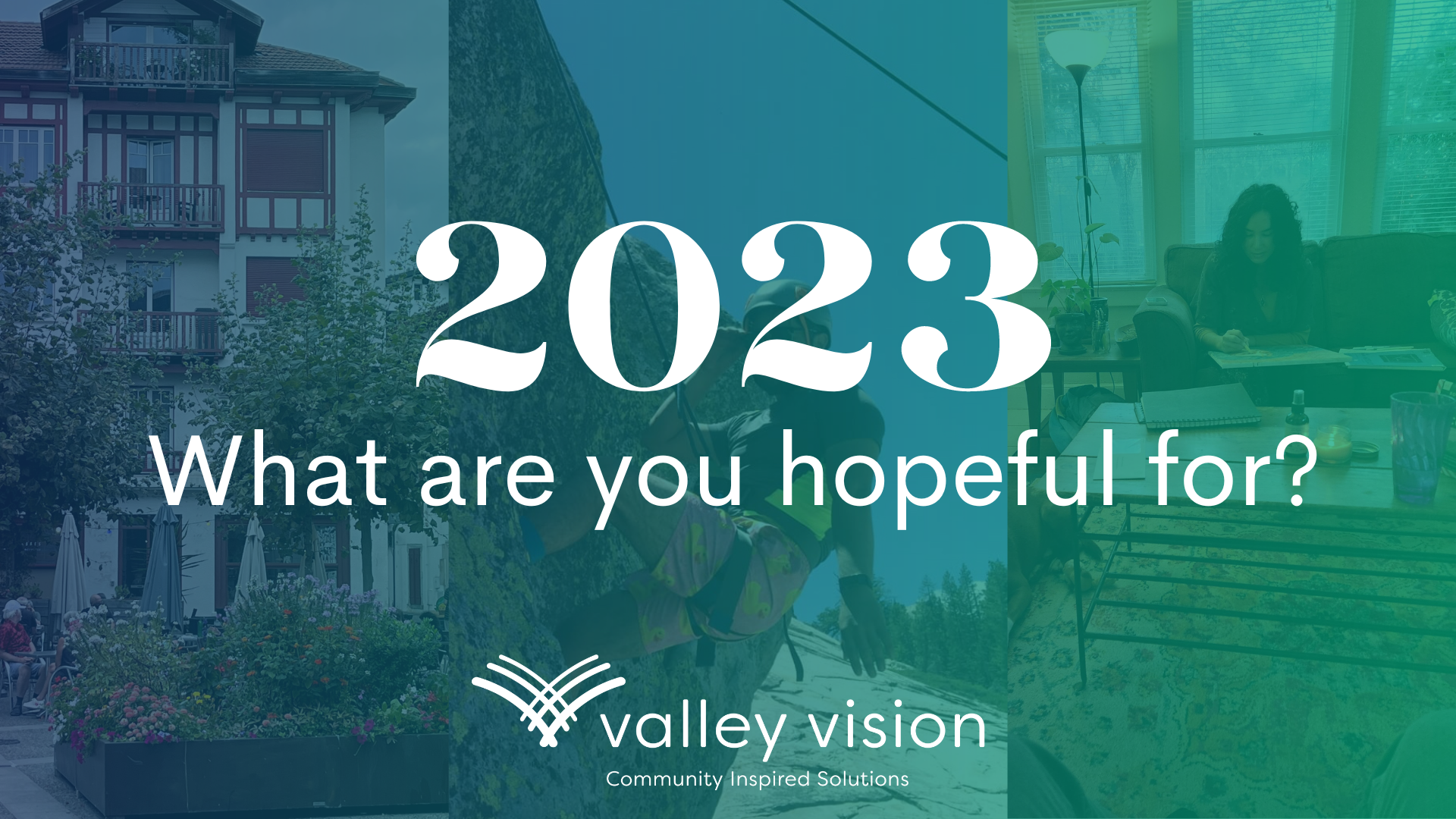
Welcome to 2023! A new year means new opportunities, so we asked our staff, “What is one thing you’re hopeful for?”
Thank you to all of our partners and community members who make our work possible; here’s to another year full of regional collaboration and positive change!
“In 2023, I’m hopeful for more quiet moments with wonderful people.”
Adrian Rehn


“I am hopeful for more opportunities to visit the great outdoors!”
Gustavo Garcia
“I am hopeful for more peace in the world globally, and personally, to spend more time with my two baby granddaughters!
Trish Kelly


“I’m hopeful for a healthier year for us all mentally, physically and emotionally.”
Brittnii Johnson
“I am hopeful for new experiences and opportunities to improve my mind, body & soul to live a healthier life in 2023.”
Laurel Smith


“With new data, opportunities, and funding coming to the region, I’m hopeful for the strides we’ll make in digital equity and broadband infrastructure to get communities connected!”
Navreet Hundal
“I am hopeful for a more inclusive and open world where all people feel belonging.”
Kathy Saechou


“I’m hopeful for a new year which brings stronger connections, impactful work, and good times for all!”
Caitlin Blockus
“I am hopeful for a year full of growth, time for myself & loved ones, and more quiet moments where I can appreciate the present!”
Danielle Susa


“I am hopeful for health, happiness, and well-being for my family, a Valley Vision team that takes on challenges together with curiosity and courage, and less violence and pain in our world.”
Evan Schmidt
“Wrapping up another pandemic year and a year where it seemed like everyone’s immune systems were reacclimating, I’m hoping for good health in 2023!”
Alana Ramsay


“I am hopeful for the fresh start a new year brings, and the opportunity to show up with renewed optimism, courage and aspirations.”
Renee John
“I’m hopeful for new experiences, adventures, food, and friends!”
Grace Kaufman
